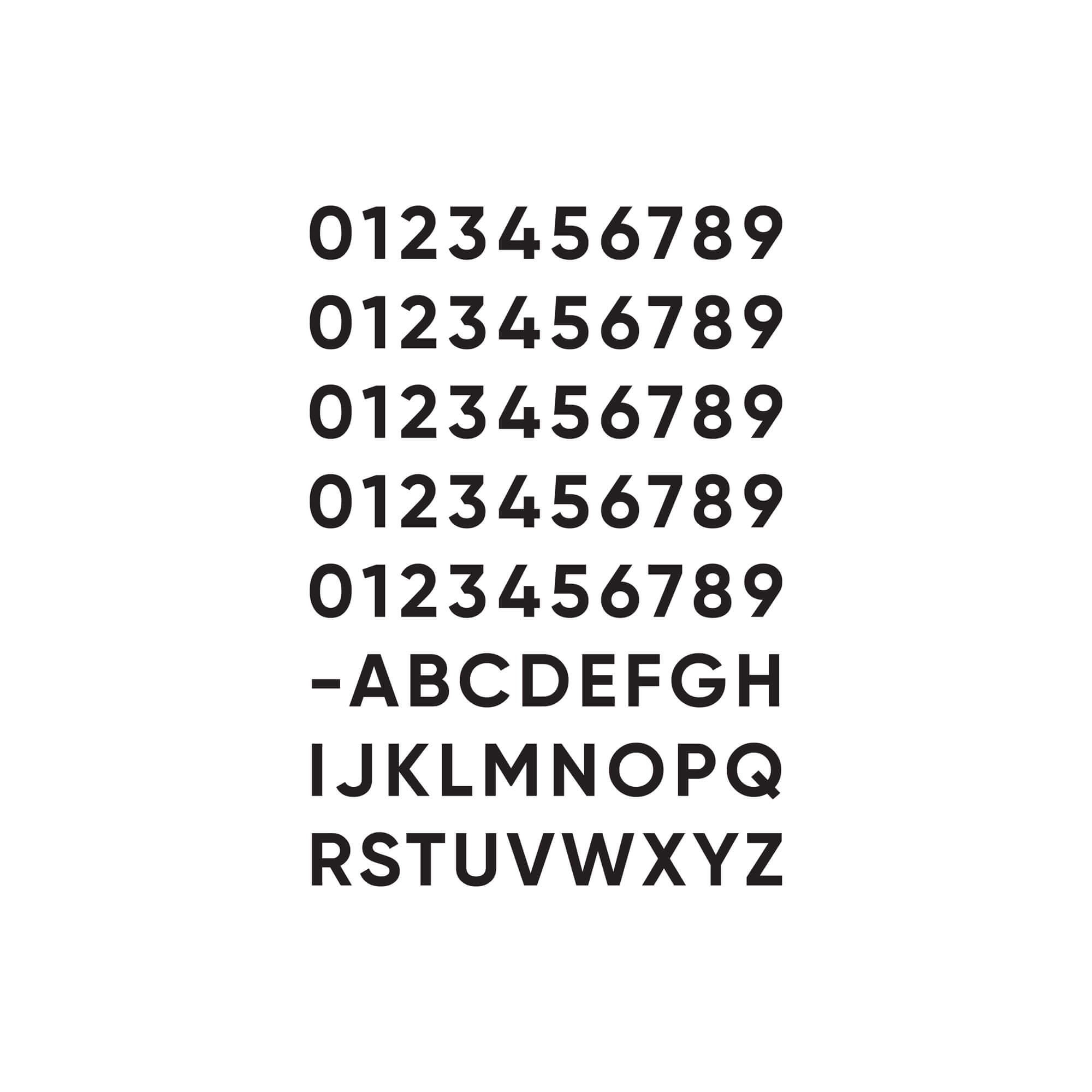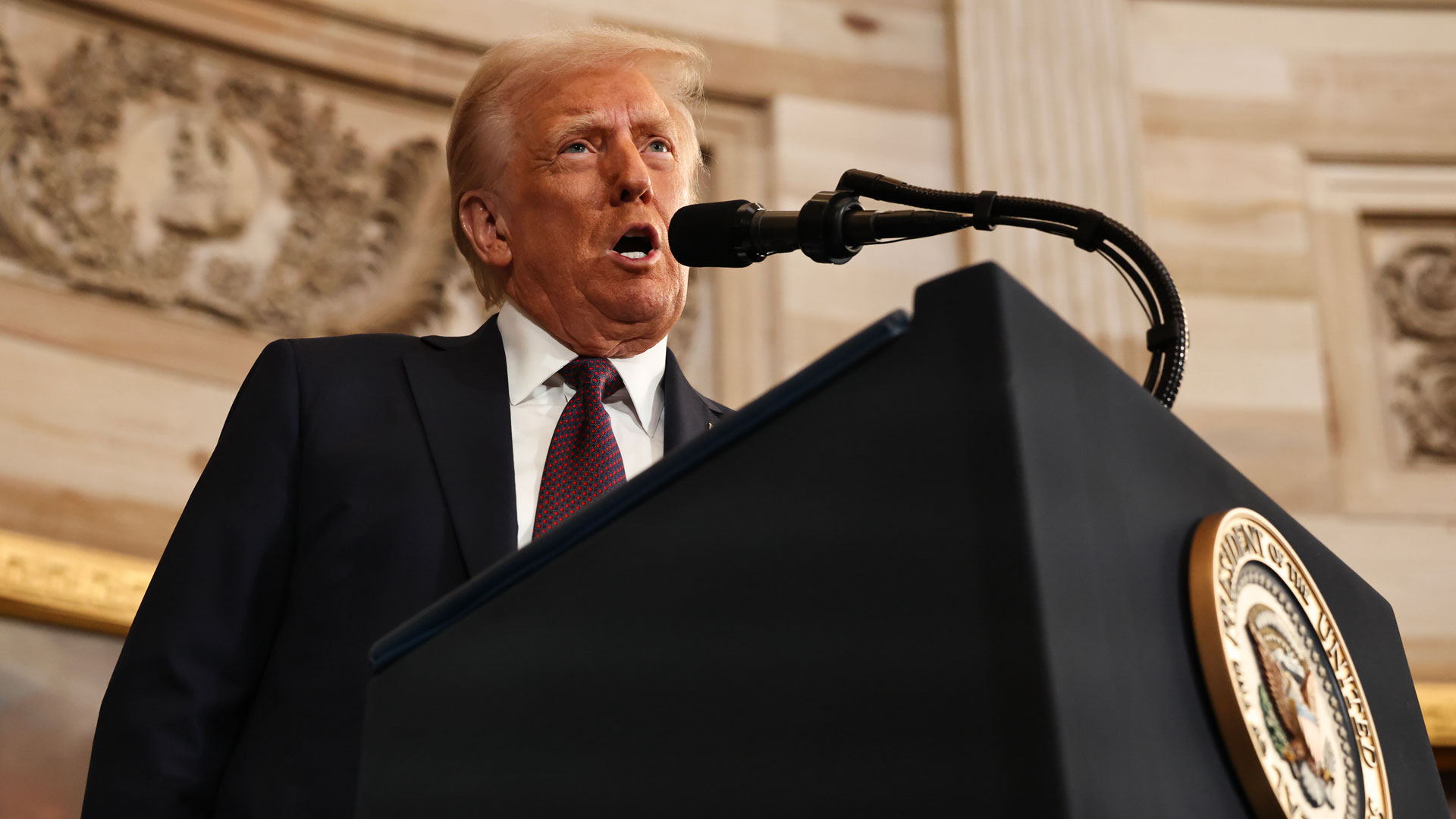BK Crown Racist: The Full Story Behind The Controversy That Shook The Food Industry
Listen up, folks. If you're here because you want to dive deep into the BK Crown Racist controversy, you're in the right place. This isn't just another clickbait story—it's a real, raw, and unfiltered look at what happened and why it matters. The world of fast food is no stranger to drama, but this one? It's on a whole different level. So grab your favorite snack, and let's break it down together.
You might be wondering, "What's the big deal?" Well, the big deal is that BK Crown Racist became a global conversation starter. It wasn’t just about burgers or fries—it was about culture, representation, and how corporations handle sensitive issues. And trust me, this story has twists and turns that’ll make you rethink everything you thought you knew about the fast-food giant.
Now, before we dive deeper, let’s set the stage. Burger King, or BK as we all know it, has been around for decades. It’s a household name, a go-to spot for a quick bite. But when accusations of racism surfaced, it sent shockwaves through the industry. Why? Because no brand wants to be associated with something so divisive. So, buckle up, because we’re about to unpack this whole mess.
- Burger King Crown Incident The Hamburger Empires Crown Fiasco That Had Everyone Talking
- Unveiling The Truth About Marjorie Green Taylor A Comprehensive Deep Dive
What Exactly Happened with BK Crown Racist?
Alright, so here’s the scoop. The BK Crown Racist controversy started when an ad campaign went sideways. Burger King launched a new promotional video featuring their iconic crown, but things took a dark turn when people noticed some questionable imagery. The crown, which is supposed to symbolize royalty, was placed in a way that some interpreted as racially insensitive. And boom—social media lit up like a Fourth of July fireworks show.
Now, you might be thinking, "How can a crown be racist?" Great question. It’s not just the crown itself—it’s the context, the placement, and the cultural implications. In today’s world, brands have to be hyper-aware of how their messages are perceived. One misstep, and it’s a PR nightmare. And that’s exactly what happened here.
Why Did People Call It Racist?
Let’s break it down. The ad featured the crown in a way that some viewers felt was mocking or stereotyping certain racial groups. For example, the way the crown was positioned over certain hairstyles or cultural symbols sparked outrage. People started calling it out on platforms like Twitter and Instagram, using hashtags like #BKFail and #CrownGate. The backlash was swift and intense.
- Paula Abdul Age The Journey Of A True Icon
- Annamalai Family Photo A Closer Look Into Their Iconic Moments
And let’s not forget the power of social media. In 2023, one tweet can spiral into a global movement. Influencers, activists, and everyday folks weighed in, sharing their thoughts and feelings. Some called it a genuine mistake, while others labeled it intentional. The debate raged on, and Burger King was forced to respond.
How Did Burger King Respond?
When the heat was on, Burger King issued a statement. They apologized, saying it wasn’t their intention to offend anyone. But let’s be real—sometimes an apology isn’t enough. The damage was done, and trust had been broken. People wanted action, not just words.
Here’s what BK said in their official response: "We deeply regret any offense caused by our recent campaign. It was never our intention to harm or disrespect anyone. We are committed to learning from this and doing better moving forward." Sounds good, right? But as we’ll see later, actions speak louder than words.
Was the Apology Enough?
Not really. While Burger King apologized, many critics felt it was too little, too late. The problem wasn’t just the ad—it was the lack of diversity in their creative team. How could a major corporation miss such a glaring issue? Critics pointed out that having a more inclusive team could have prevented this whole mess.
So, what’s the takeaway here? Apologies are important, but they need to be backed by real change. Burger King promised to revamp their hiring practices and bring in more diverse voices. But will they follow through? Only time will tell.
Understanding the Impact of BK Crown Racist
This controversy didn’t just affect Burger King—it had ripple effects throughout the industry. Other brands took notice and started re-evaluating their own campaigns. The BK Crown Racist incident became a case study in how not to handle cultural sensitivity.
For consumers, it was a wake-up call. People realized they had the power to hold corporations accountable. Social media gave them a platform to voice their opinions and demand change. And that’s a powerful thing.
What Does This Mean for Brand Image?
Brand image is everything in today’s market. One mistake can tarnish years of hard work. Burger King’s reputation took a hit, and they had to work hard to rebuild trust. But here’s the thing—consumers are forgiving if they see genuine effort. Brands that learn from their mistakes and make meaningful changes can come out stronger on the other side.
So, what can other companies learn from BK Crown Racist? First, prioritize diversity and inclusion in every aspect of your business. Second, listen to feedback—even if it’s tough to hear. And third, act quickly and decisively when issues arise.
The Role of Social Media in Amplifying the Issue
Social media played a huge role in amplifying the BK Crown Racist controversy. Platforms like Twitter, Instagram, and TikTok allowed people to share their thoughts instantly. Memes, videos, and threads went viral, keeping the conversation alive.
But social media isn’t just a tool for criticism—it’s also a space for solutions. Many users suggested ways Burger King could improve, from hiring more diverse creatives to partnering with cultural organizations. It’s a two-way street, and brands need to navigate it carefully.
How Can Brands Navigate Social Media Better?
Here’s the deal—social media is unpredictable. One minute you’re trending for all the right reasons, and the next, you’re in hot water. So, how can brands navigate it better? Start by being transparent. Share your values, your goals, and your mistakes. People appreciate authenticity.
Also, don’t be afraid to engage with your audience. Respond to comments, answer questions, and show that you’re listening. It’s not about controlling the narrative—it’s about being part of the conversation.
The Broader Implications of Racial Sensitivity in Advertising
The BK Crown Racist controversy shines a light on a bigger issue—racial sensitivity in advertising. Brands need to be more mindful of how their campaigns are perceived by different communities. It’s not just about avoiding offense—it’s about celebrating diversity and inclusivity.
For example, instead of using stereotypes or cultural appropriation, brands can highlight authentic stories and experiences. This not only resonates with audiences but also builds trust and loyalty.
What Are Some Best Practices for Brands?
Here are a few tips for brands looking to improve their approach:
- Involve diverse teams in the creative process.
- Seek feedback from cultural experts before launching campaigns.
- Be open to criticism and willing to make changes.
- Use advertising as a platform to promote positive change.
By following these practices, brands can avoid pitfalls like the BK Crown Racist controversy and create campaigns that truly connect with their audiences.
Consumer Power in Driving Change
Consumers have more power than ever before. With just a few clicks, they can influence corporate decisions and drive change. The BK Crown Racist incident is proof of that. People used their voices to demand accountability, and Burger King had to listen.
But consumer power isn’t just about calling out mistakes—it’s about supporting brands that align with your values. By choosing to spend your money with companies that prioritize diversity and inclusion, you’re sending a powerful message.
How Can Consumers Make a Difference?
Here’s how you can make a difference:
- Speak up when you see problematic behavior.
- Support brands that demonstrate genuine commitment to diversity.
- Use social media to amplify positive stories and initiatives.
Every action counts, and together, we can create a more inclusive world.
Looking Ahead: What’s Next for Burger King?
So, what’s next for Burger King? Will they bounce back from the BK Crown Racist controversy, or will it haunt them for years to come? That depends on their actions moving forward. If they follow through on their promises and make meaningful changes, they have a chance to regain trust.
But here’s the thing—consumers won’t forget. The world is watching, and Burger King needs to prove they’re serious about change. It’s not going to be easy, but it’s possible.
Final Thoughts: What Can We Learn?
The BK Crown Racist controversy teaches us a lot about the power of diversity, the importance of cultural sensitivity, and the role of social media in driving change. It’s a reminder that brands have a responsibility to their customers and to society as a whole.
As consumers, we have the power to influence the world around us. By holding brands accountable and supporting those that align with our values, we can create a more inclusive and equitable future.
Conclusion: Taking Action
Alright, folks, that’s the full story on BK Crown Racist. It’s been a wild ride, but hopefully, you’ve learned something along the way. Whether you’re a brand looking to improve your approach or a consumer seeking to make a difference, remember this—change starts with us.
So, what’s your next move? Will you join the conversation, share this article, or take action in your own way? The choice is yours, and your voice matters. Let’s keep the momentum going and create a world where diversity and inclusion are the norm, not the exception.
Table of Contents
- BK Crown Racist: The Full Story Behind the Controversy That Shook the Food Industry
- What Exactly Happened with BK Crown Racist?
- Why Did People Call It Racist?
- How Did Burger King Respond?
- Was the Apology Enough?
- Understanding the Impact of BK Crown Racist
- The Role of Social Media in Amplifying the Issue
- The Broader Implications of Racial Sensitivity in Advertising
- Consumer Power in Driving Change
- Looking Ahead: What’s Next for Burger King?



Detail Author:
- Name : Alda Homenick II
- Username : vbogisich
- Email : ted04@gmail.com
- Birthdate : 1979-03-25
- Address : 338 Doyle Grove Suite 347 North Amir, UT 48211-5616
- Phone : 561-818-9695
- Company : Ondricka-Hyatt
- Job : Tree Trimmer
- Bio : Eius voluptates dolor architecto quaerat qui recusandae sit. Nesciunt sint similique velit et. Sint sed ratione harum nulla suscipit hic modi.
Socials
tiktok:
- url : https://tiktok.com/@lexi.kshlerin
- username : lexi.kshlerin
- bio : Ut id et qui quo unde non. Sint ab ea deserunt accusantium mollitia ut libero.
- followers : 2977
- following : 426
linkedin:
- url : https://linkedin.com/in/lexi4927
- username : lexi4927
- bio : Vel voluptas rerum magnam doloribus.
- followers : 4563
- following : 233